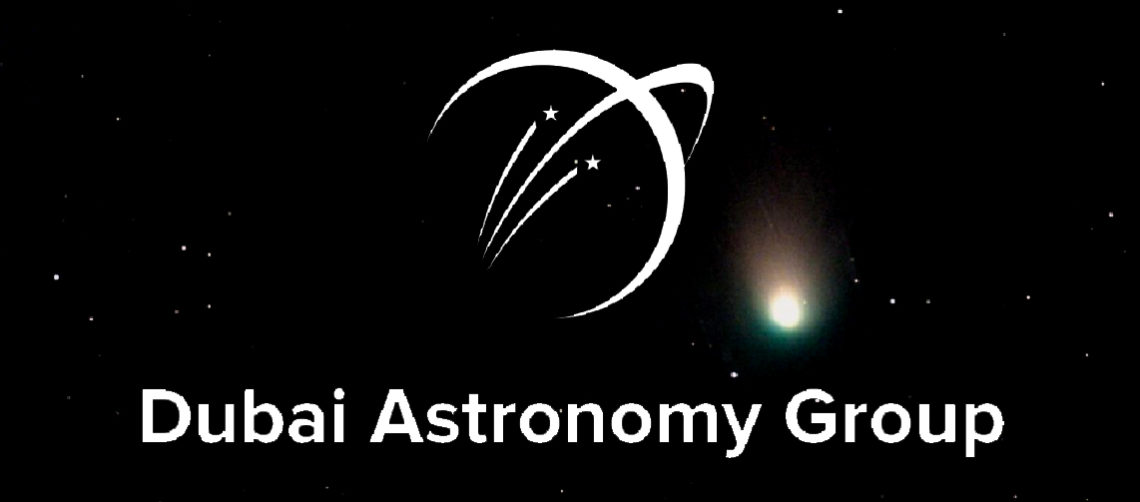A once-in-a-lifetime comet from the outer solar system will be passing close to Earth for the first time in 50,000 years this month, and you might just be able to see it.
What is the Comet C/2022 E3 ZTF?
The comet C/2022 E3 ZTF was discovered in March 2022 by the Zwicky Transient Facility’s wide-field survey camera and was previously thought to be an asteroid. The rapid brightening of C/2022 E3 (ZTF) as it traveled out of Jupiter’s inner orbit revealed its real cometary nature.
Why is this Comet important?
This comet is considered a long-period comet, which means its orbit extends very far out into our solar system from a place that we have not actually ever observed. The Oort Cloud has only been theoretically predicted due to the existence of comets like Comet C/2022 E3 (ZTF). For context. the Oort Cloud is 2000x farther from the Sun than the Earth is to the Sun and Voyager 1 won’t reach the Oort Cloud’s edge for another 300 years. That’s pretty far away!
How to watch the Comet?
Dubai Astronomy Group CEO Hasan Al Hariri says comet brightness can be difficult to predict but even if comet C/2022 E3 does not brighten enough to be seen with the naked eye, it will still be viewable with binoculars and small telescopes around January and early February.
The best tools to observe the comet are binoculars because it has a wide-angle field of view of the sky so hunting down the comet becomes much easier than using a telescope because that has a narrow-angle field of view which makes it harder to locate the comet.
Tips and Tricks For Seeing This Comet
● Check the weather beforehand
● When the comet will potentially be at its brightest, there will be a waxing gibbous Moon in the sky at the same time that will make naked-eye viewing more difficult if not impossible.
● Bring along binoculars or a small telescope for viewing.
How did it get its name?
The comet’s name encodes information about where and when it was originally observed:
● The letter C means the comet is not periodic (it will only pass through the Solar System once or may take more than 200 years to orbit the Sun);
● 2022 E3 indicates that the comet was spotted in early March 2022 (which correlates with the letter E according to the comet naming system approved by IAU) and was the 3rd such object discovered in the same period;
● ZTF means the discovery was made using telescopes of the Zwicky Transient Facility.
The Comet Observation Event
Dubai Astronomy Group hosted an event on February 4th, 2023, where over 1000 guests attended the event to observe the rare comet. The event included an explanation of the comet, 20 telescopes to observe this comet, and photography of celestial objects through the telescopes. sky mapping, and stargazing sessions.







